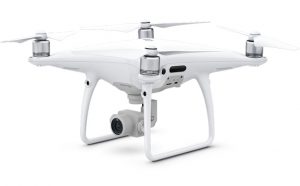General questions about flying drones and drone rules
We often get similar questions about drones and aerial photography. This FAQ covers some of the questions we encounter most often and will regularly be updated with new responses.
There is no doubt that the use of drones in Denmark, and globally, is growing fast and the industry is expanding rapidly. It can be difficult find out how to get started making drone videos and how to get started flying drones in general.
The responses below certainly doesn't cover all areas, so feel free to let us know if you have anything to add.



